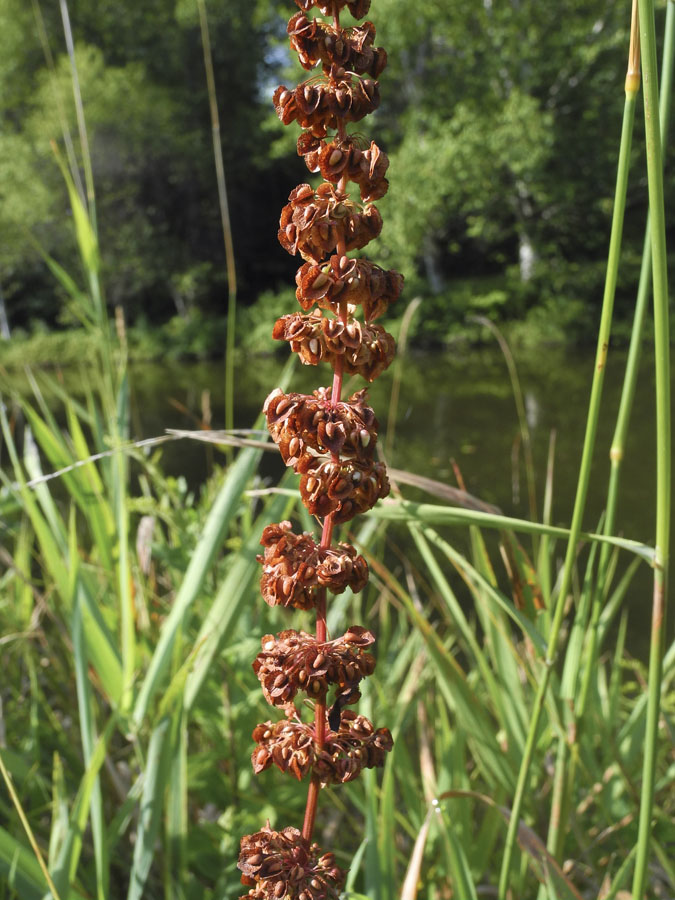Days are shortening, the crickets are loudly announcing announcing the coming end of summer, and many plants are setting seed. The precise geometry of the thistle flower becomes a fluffy mop carrying seeds off on the wind.
A dandelion-like weed also disperses its seeds by the wind, just as a dandelion does. The round seedhead has its narrow seeds at the center, attached to the light parts that catch the wind. I learned from Wikipedia that seed dispersal comes in two main forms: autochory, which is when the plant uses its own means to disperse seeds; and allochory, using external means. Using wind is a main form of allochory.
There are plants that use animals to spread their seed, such as the chokecherry, which is attractive to many kinds of wildlife who eat the berries and deposit the seeds elsewhere. If you've ever seen bear scat, it is full of seeds.
These beautiful star-like seedpods are on the Dictamnus albus, or gas plant.
When the seeds are mature, the pods open. I'm not sure how the seeds are dispersed; it may be simple gravity, which would be an autochory means, like an apple dropping from a tree; or perhaps the seed is ejected.
The oriental poppy has a very beautiful seedhead, perfect in the clarity of its form. Its tiny seeds fall out of openings under the top of the seedhead.
The simpler geometry of mallow unfolds a five part cap to reveal the black seeds inside.
Wild sorrel develops a tall tower of seeds gathered in tiers, richly red and elegant.
Queen Anne's Lace does a curious thing when its seeds develop: the flattened flower curls up into a cup shape, with the reddish seeds inside. I never knew why this happened, but while doing a little research for this post, the invaluable Wikipedia told me that when dried, the umbels detach from the plant and roll along with the wind, like the "tumbling tumbleweed". This is a tiny sample of the many way seeds develop and disperse, allowing species to survive and to spread.









Seed heads, pods and fruit are as interesting as the blooms they once were. Love this time of year.
ReplyDeleteThis transition time is wonderful, isn't it?
DeleteBeautiful.
ReplyDeleteAnts move a lot of seeds, too.
I have pondered why there are ant colonies under the roots of so many of the weeds I pull, and realized that the weeds are just food-storage-failures! The ants' high-protein seed-stock sprouted and grew!
(There are 12 lbs. of ants for each 1 lb. of us! )
Thanks.
DeleteI guess ants are part of the animal kingdom, and move seeds just like a bear might. What an interesting thought about the food storage of ants becoming weeds.